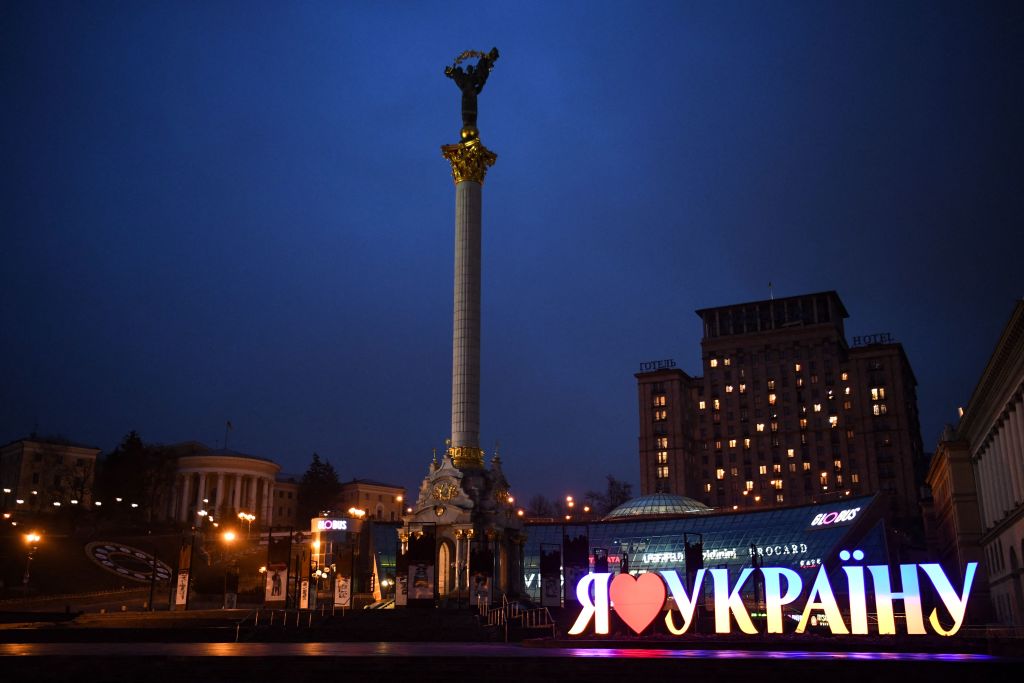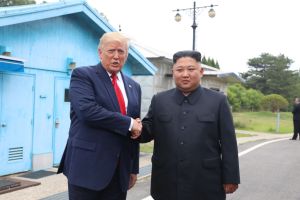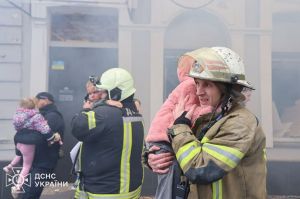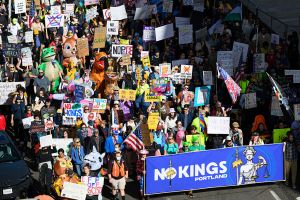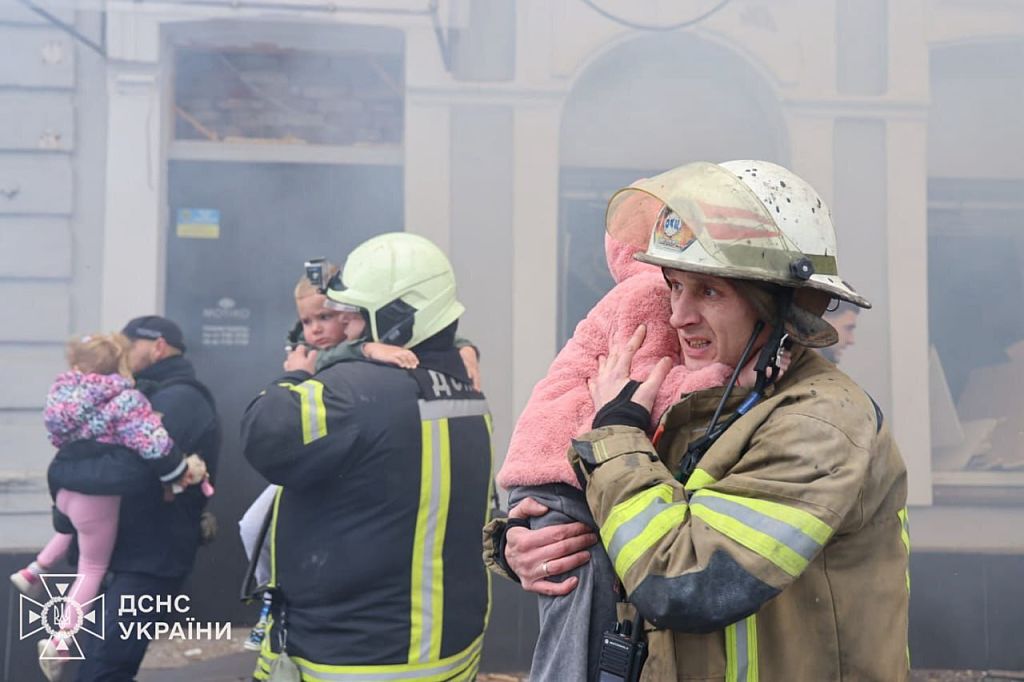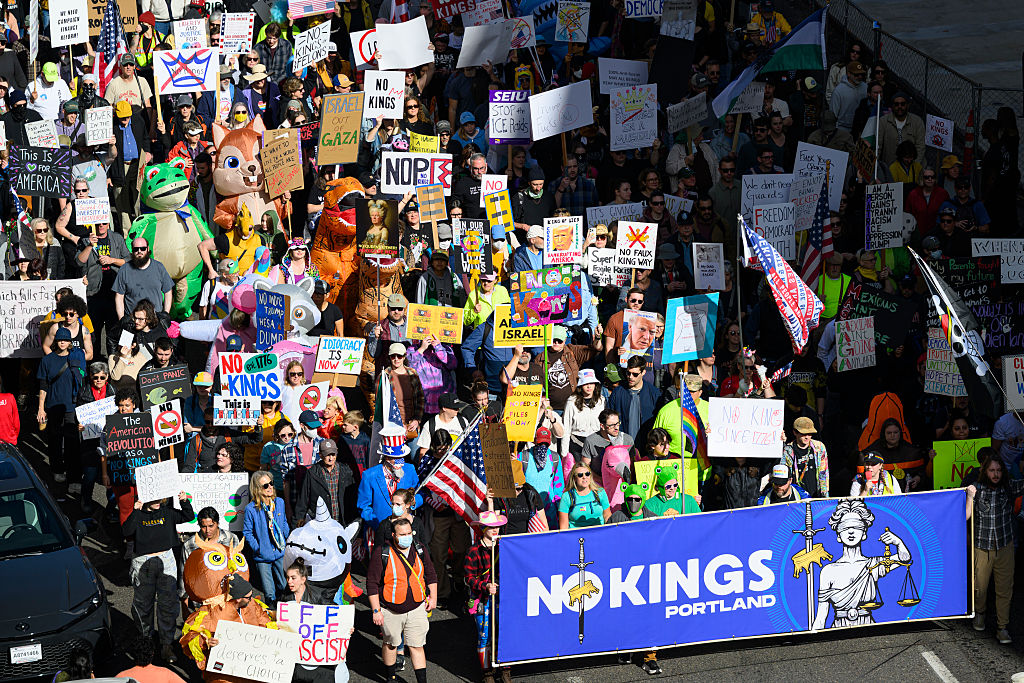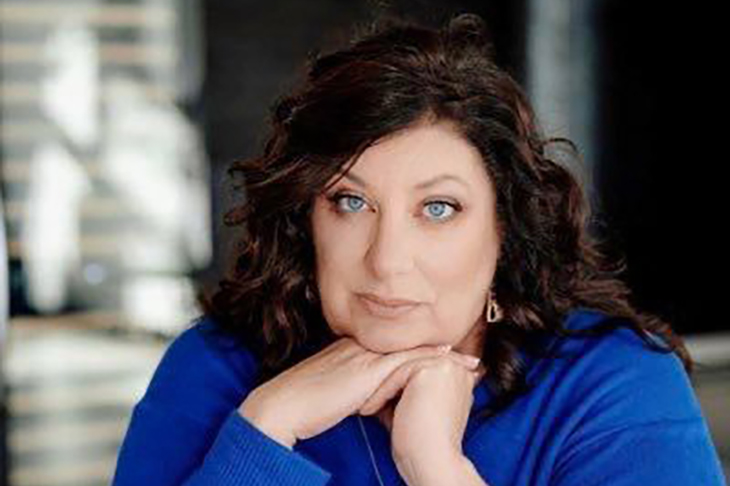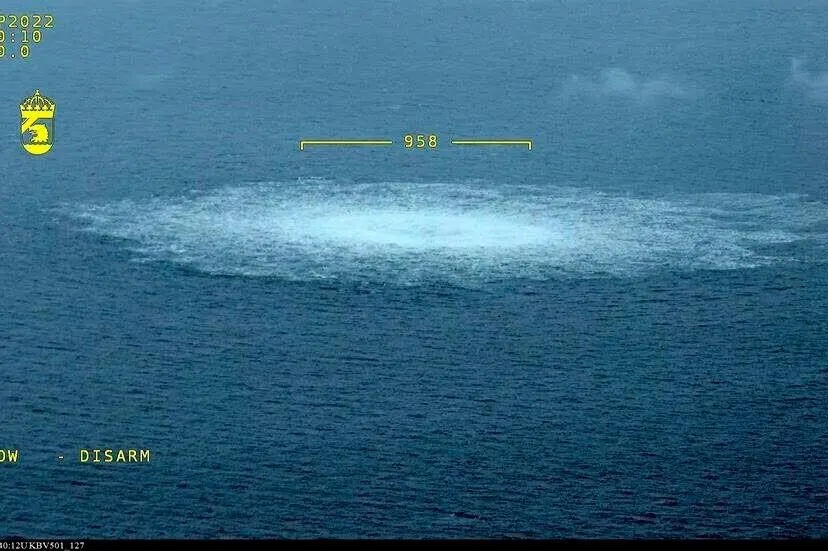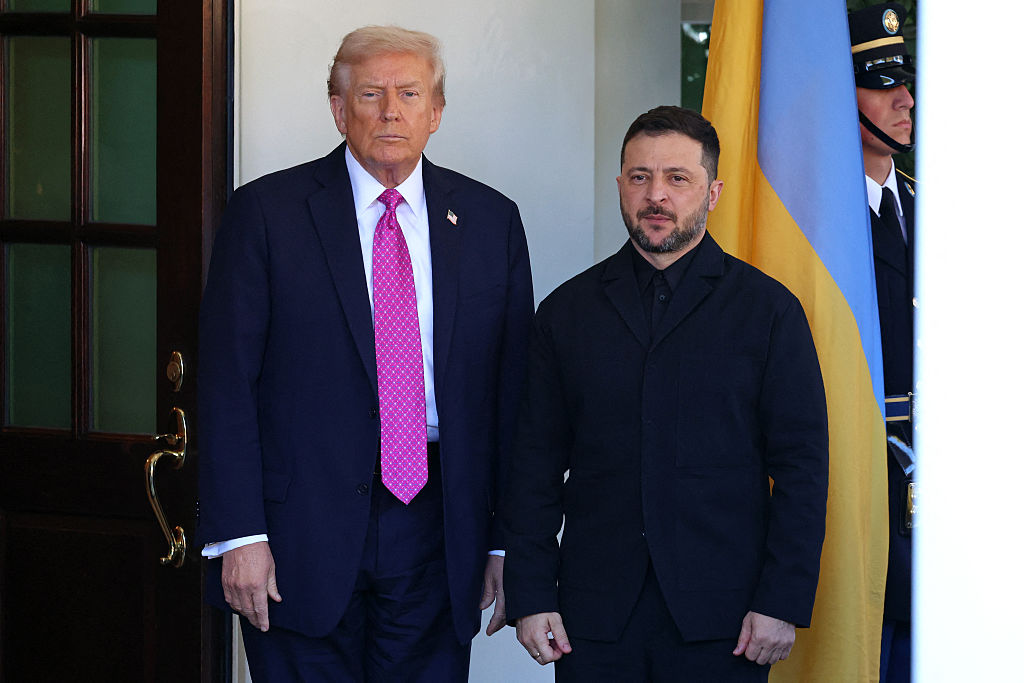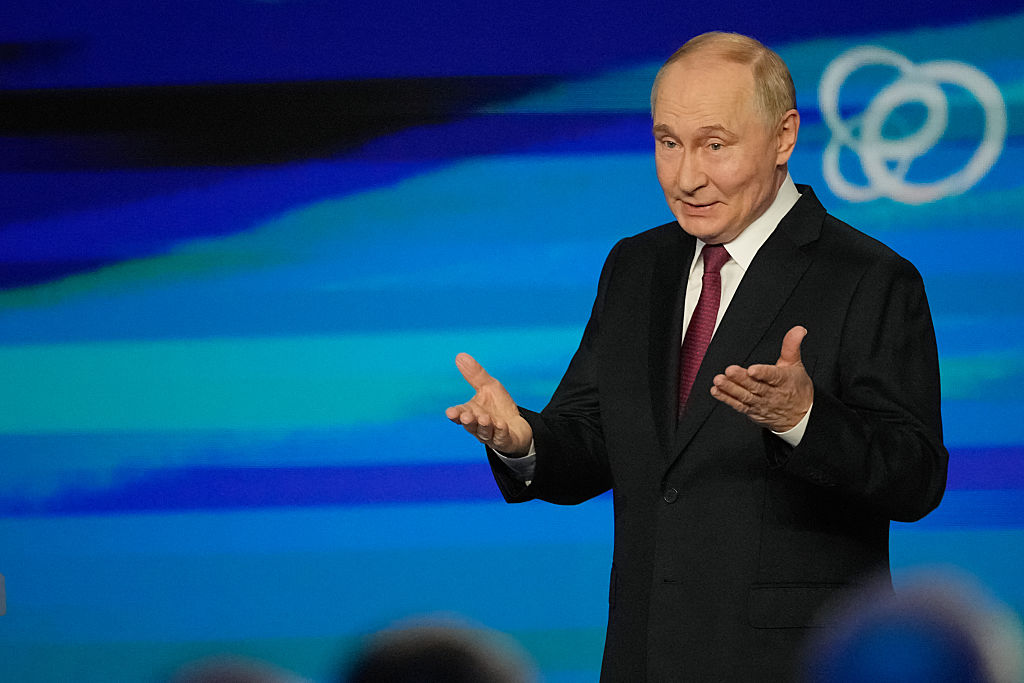After US intelligence officials warned for weeks of an imminent Russian invasion of Ukraine, Vladimir Putin finally made his move.
In a spontaneous address to the Russian people in the wee hours of the morning, Putin declared the beginning of a special military operation to demilitarize Ukraine.
The missiles started flying almost immediately. Based on the opening hours, it’s safe to say that the Russian military operation is far larger, more coordinated and geographically dispersed than many assumed previously. Cruise missiles and artillery fire landed on targets in at least seven Ukrainian cities simultaneously, from Kharkiv and Odessa to the capital, Kyiv. Matthew Chance, a CNN international correspondent, had to change into his flak jacket and helmet during the middle of his broadcast, with audible booms sounding in the distance. Live feeds captured footage and still images of explosions raining down on Kharkiv, with the city’s residents still sleeping. The Ukrainian Interior Ministry quickly confirmed that, yes, the Russian invasion the world was endlessly pontificating about had in fact begun. And sure enough, reports emerged of Russian troop landings on Ukraine’s coastline.
In his address, Putin lambasted the Ukrainian government as a collection of anti-Russian criminals, war hawks and Nazis, urged Ukrainian troops to lay down their arms, and repeated his contention that Kyiv, not Moscow, was the aggressor. As he spoke, diplomats were meeting thousands of miles away in the UN Security Council chamber in New York, with the UN secretary-general imploring Putin to “give peace a chance.”
Right now, the situation is bleak. Nobody can say with certainty how long Russia plans to sustain these operations, when or even whether the 190,000 Russian forces massed near Ukraine’s borders will swoop into the country, or how far Putin plans to go. His speech was ambiguous on this point; while he stated his intention to demilitarize Ukraine, he also said a Russian occupation was not in the cards. Whatever the exact military specifications, the objective appears to be simple: neutralize Ukrainian military systems, cut off Ukrainian troops from their command and control, and possibly put in place a new government in Kyiv more sympathetic to Moscow’s security concerns.
Let there be no mistake: the blame for what could turn out to be the worst war in Europe in decades is on Putin’s shoulders. He is the ultimate decision-maker in the Kremlin, and he is the one who gave the order to proceed. But in a way, tonight’s disturbing events illustrate what has long been abundantly obvious for anybody who has paid attention: Ukraine’s geopolitical orientation is a red line for Russia. And the Russian government is willing to go to extraordinary lengths to ensure its neighbor doesn’t stray into the West — even if doing so results in significant economic and diplomatic repercussions.



